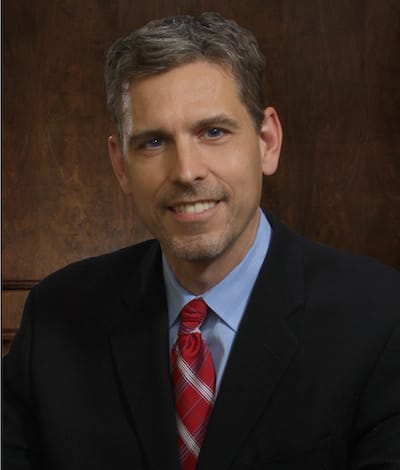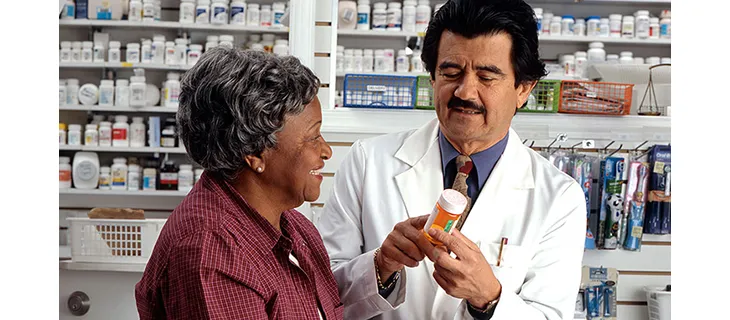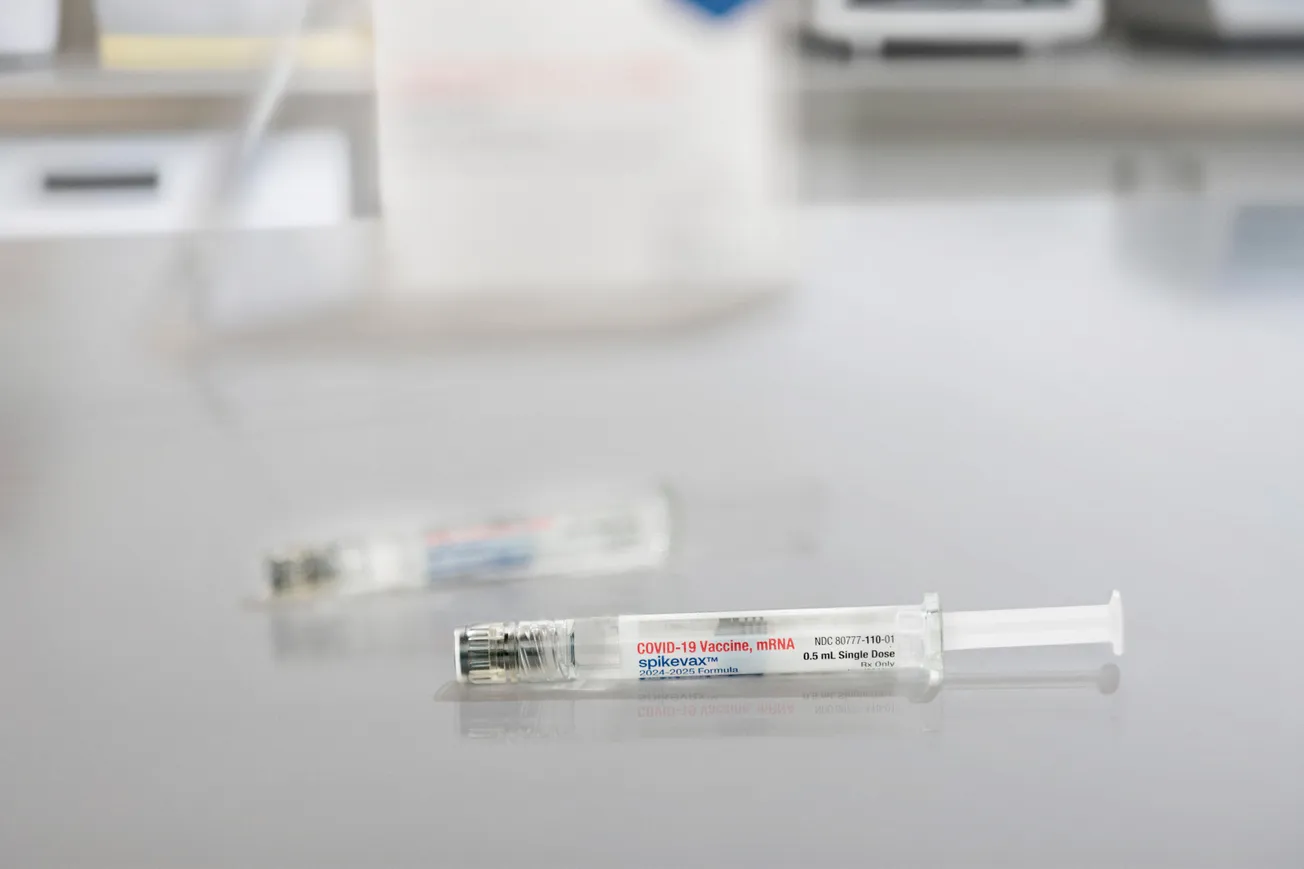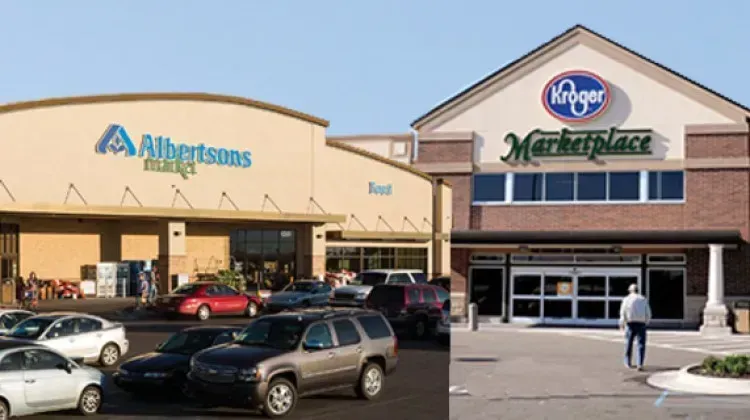Editor’s note: This was part of CDR’s 2019 Pharmacy Outlook in the January 7 issue.
One thing that can be said about the state of prescription medications in 2019 is that the pharmacy payment model is complex, convoluted and confusing. Over $400 billion dollars are spent on prescription drugs, yet finding someone in the distribution channel, other than a pharmacy benefits manager, who knows exactly where all of those dollars are going is like trying to locate Amelia Earhart. The whole prescription payment model is a hot mess.
Patients don’t know what they will pay when they walk into the pharmacy. Pharmacists don’t know how much they will be told to charge the patient or how much they will be reimbursed.
Steve Jobs, a master at taking the convoluted and making it straightforward, said, “Simple can be harder than complex: You have to work hard to get your thinking clean to make it simple. But it’s worth it in the end because once you get there, you can move mountains.”

Doug Hoey
Simplifying the pharmacy payment model is desperately needed. It’s a monstrously enormous undertaking that will require participation from all players in the prescription medication channels and it’s one that the National Community Pharmacists Association is focused on helping to change in 2019.
One component of changing the pharmacy payment model is changing how pharmacies get paid. Payment for the prescription product is the primary source of revenue for pharmacies — for community pharmacies 92% of their revenue comes from prescription sales — and that revenue source is radically changing in two ways. First, patients needing high-cost specialty prescriptions are being channeled into a handful of mail order pharmacies, depriving community pharmacies of this valuable business and, importantly, denying patients the ability to choose the high-touch services provided by community pharmacies at a time when their health condition needs are the greatest.
The second factor is that generic deflation has caused the pharmacy’s payment for a large number of generic prescriptions, perhaps as many as one in five, to become equivalent to the cost of a pack of gum — i.e., “bubble gum drugs.” As a result, while the average prescription price at a community pharmacy went from $49.93 in 2013 to $67.07 in 2017, the average prescription price for a prescription filled by mail order went from $281.11 to $626.41!
One way of helping
One way that NCPA is working to help pharmacies get paid differently is through a new company called CPESN. NCPA cofounded CPESN with Community Care of North Carolina to help pharmacies develop local care networks that partner with other health care providers to lower overall health care costs. This partnership works with plan sponsors (self-insured, state, federal health plans, exchanges) to take advantage of the services provided by pharmacists in these local networks to address prescription issues that are driving up overall health care costs. A small percentage of patients account for the majority of health care dollars spent, and those patients are in the pharmacy an average of 35 times a year compared with seeing their doctor only three or four times a year. To date, nearly 2,000 pharmacies have signed CPESN participation agreements with over 40 local pharmacy networks. It’s still early, but more than a dozen plan sponsors have signed agreements with local networks.
One of the critical attributes of CPESN is that it is a clinically integrated network (CIN). CINs are groups of health care providers — including pharmacists — together in a network that helps control costs and ensure quality. Without clinical integration, there is little ability to explore or negotiate new payment models. Whether it’s one singly owned pharmacy or even a group of 200 pharmacies, with over 60,000 retail pharmacies in networks, a single pharmacy or small group of pharmacies is not going to stand out, no matter how good its performance.
Important characteristics of a CIN include:
• 50% of expenditures are devoted to quality assurance, quality improvement and best practices dissemination.
• Standards are created and regularly updated.
• Pharmacies are required to share clinical data for quality and best practice purposes.
• The pharmacy has shared monetary investment in quality reporting and care team integration.
• The network is managed by the providers themselves.
• Pharmacies can be removed from the network for low performance.
One other very important attribute of a CIN: providers are allowed to negotiate together as a unit to provide patient care services.
Transforming the practice of pharmacy is a huge undertaking, and one that requires rapid evolution. Pharmacies participating in CPESN will still be reliant on revenue from dispensing prescriptions, but their revenue will be augmented from services revenue. And just as importantly, networks can be built based on the overall health care costs savings of higher-performing pharmacies rather than saving a nickel on a bubble gum drug.
Generating savings
Another way to change the pharmacy payment model is by helping the federal and state governments save money. NCPA has advocated for years to eliminate retroactive pharmacy clawbacks in the Part D program (aka pharmacy DIRs). Last year in NCPA’s Member Priorities Survey, 96.7% of members said that “eliminating retroactive pharmacy DIR fees” was one of their top three priorities. The year before it was 94.9% of respondents. Near the end of 2018, the Centers for Medicare and Medicaid Services (CMS) released a proposed rule that would essentially stop retroactive pharmacy clawbacks and potentially save beneficiaries more than $9 billion over the next 10 years. NCPA is optimistic that these provisions will become finalized by CMS for the 2020 plan year.
NCPA is also advocating solutions in states where the broken pharmacy payment model is resulting in hundreds of millions of wasted taxpayer dollars. Some states are finding that the PBM managing Medicaid Managed Care plans in their state are charging state tax payers millions of dollars in “spread” (the difference between what the PBM pays the pharmacy and what the PBM charges the state). For example, in Ohio the state auditor found that the state was paying $5.70 in spread on every prescription, which translated to $224.8 million dollars in just one year. The same study found that Ohio pharmacies were underpaid $357 million annually. Ohio has moved to a transparent pass-through pricing model, which is estimated to save the state $16 million and also increase pharmacy reimbursement. Other states like Pennsylvania, West Virginia, Kentucky and Louisiana also took action to reconsider their payment model or closely examined their Medicaid Managed Care pharmacy benefit.
NCPA is committed to working with states to help ensure that tax payer dollars are being spent wisely and that community pharmacies are being paid fairly. We anticipate additional states reviewing their Managed Medicaid pharmacy benefit in 2019.
Looking further into the crystal ball for 2019, we foresee continued aggregation in the distribution channel and believe there is a need for community pharmacy providers to examine if there are ways in which they can work together to drive scale and efficiencies.
In 1968, then-Food and Drug Administration Commissioner Dr. James Goddard remarked that “the corner drug store was probably a fading institution.” Fifty years later, more than 20,000 pharmacies would disagree with that statement. Rather than fade, community pharmacists have shown a resilience and willingness to innovate to compete. As health care system needs are changing, NCPA is working with its members to change the pharmacy payment model into one that is simple rather than complex and allows community pharmacists to help consumers optimize the use of their prescription medications.
B. Douglas Hoey is the chief executive officer at the National Community Pharmacists Association.









